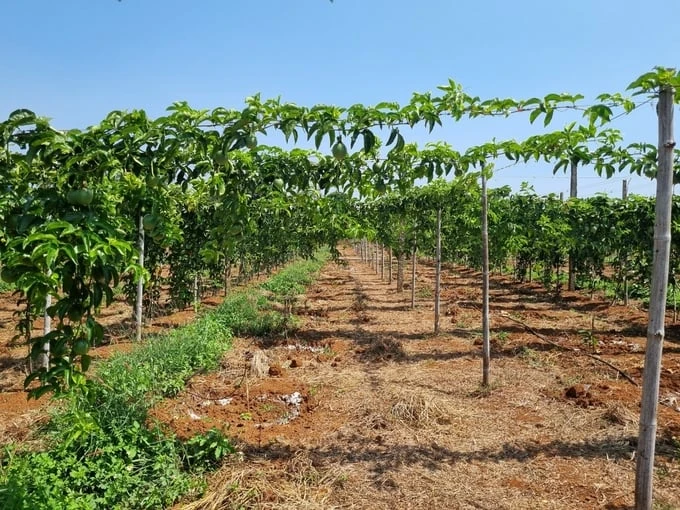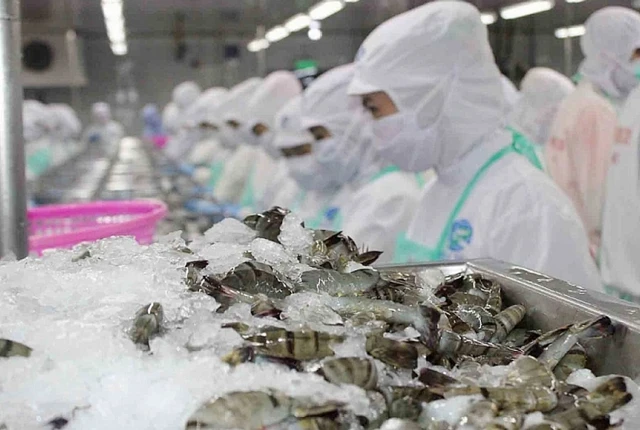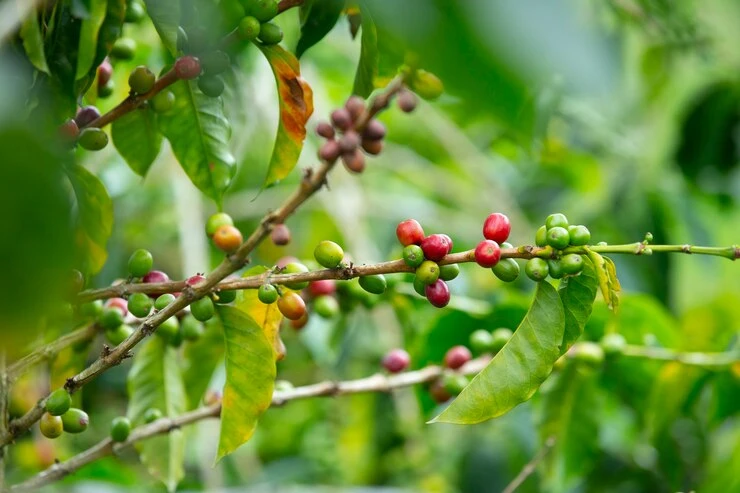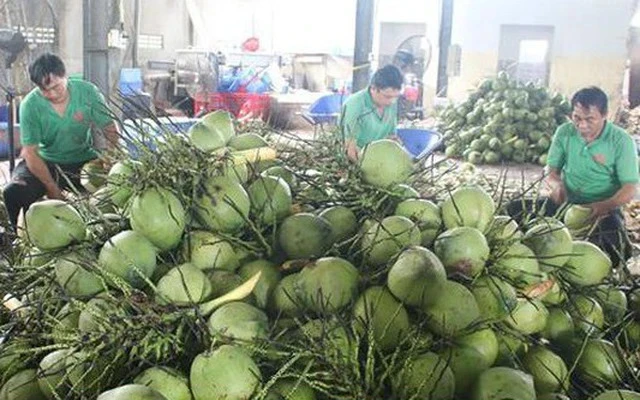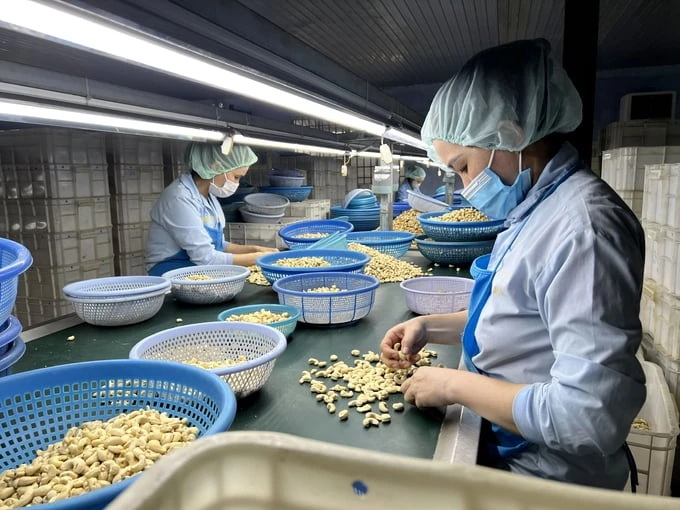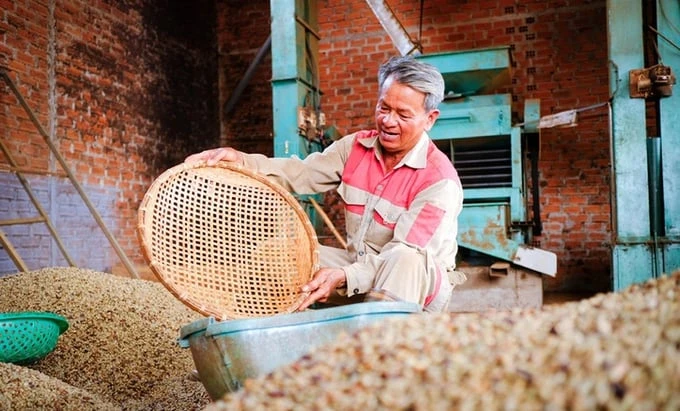Just over a year ago, vibrant passion fruit farms, adorned with lush greenery and heavy-laden branches, dotted the landscapes along the roads of Gia Lai province. Local residents referred to passion fruit as a "miraculous" crop, with promises of substantial incomes that allow them to build houses and buy cars after only several harvests. Passion fruit even surpassed other traditionally dominant crops in the province such as coffee and pepper, which had previously established the Central Highlands' agricultural brand.
The expectations associated with passion fruit led the leadership of Gia Lai's agricultural sector to set a goal of expanding the production area to over 25,000 hectares by 2025.
However, the price of passion fruit plummeted from 17,000 to 3,000 Vietnamese dong per kilogram for passion fruit pulp over the span of several months in mid-2023, plunging the multimillion-dollar industry into disarray and leaving numerous local farming households to struggle.
The previously bountiful passion fruit farms have been gradually replaced by replanted coffee farms, or fields of corn, peanuts, and watermelons, among others. Discussions surrounding passion fruit has all but vanished from the local community, save for the occasional resigned nods of recognition.
Welcoming us into his still-unpainted home, Le Kim Long, a resident of Ia Lok hamlet, Ia Mo Nong commune, Chu Pah district, reflected on the wasted potentials of passion fruit. His family became heavily invested into this crop after beginning cultivation in 2018.
Having been closely associated with passion fruit with considerable success, Long's first achievement came in early 2023 when passion fruit prices skyrocketed to nearly 20,000 Vietnamese dong per kilogram. With 1.7 hectares of passion fruit farming area, Long's profits exceeded 600 million Vietnamese dong per harvest. "The success motivated us to expand further, and that’s when the passion fruit 'collapse' began," Long shared with regret.
According to Long's analysis, the "collapse" of the passion fruit market resulted from the uncontrolled production by local farmers. This led to a decline in the quality of passion fruit seedlings. Additionally, harsh weather conditions, marked by prolonged rains, further weakened the passion fruit plants. Most critically, prices plummeted precisely when the passion fruit was facing numerous challenges. Consequently, farmers' confidence plunged along with their withering passion fruit farms.
Long commented on the struggle: "If prices stabilize at a lower level, we will continue cultivating our passion fruit crops, but cautiously. For now, we will plant 5 hectares of passion fruit, and adopt careful farming practices to minimize risks."
Parting ways with Long, we traveled to Ia Grai district, previously known for housing the largest passion fruit farming area in Gia Lai province. During our last visit to hamlet 1 in Ia Hrung commune, passion fruit farms accounted for a sizeable portion of the local land area. However, this area has significantly diminished, replaced by sprouting replanted coffee farms.
Dinh Xuan Khang, a resident of hamlet 1, Ia Hrung commune, recalled that traders previously flocked to the province to purchase passion fruit. Notably, a 3-hectare passion fruit farming area would require multiple trucks to transport all the harvested fruit. During the harvest season, Khang's family earned upwards of 10 million Vietnamese dong per day from passion fruit sales.
Khang added: "With the collapse of the passion fruit market and the rising coffee prices, local farmers no longer have the confidence to invest in passion fruit as before. They now only cultivate passion fruit alongside coffee as a way to supplement income and reduce risks. As for my family, due to our attachment to the fruit, we will plant 8 hectares in the hope that this crop will regain its former glory after a period of disillusionment."
A hard-learned lesson for local farmers
